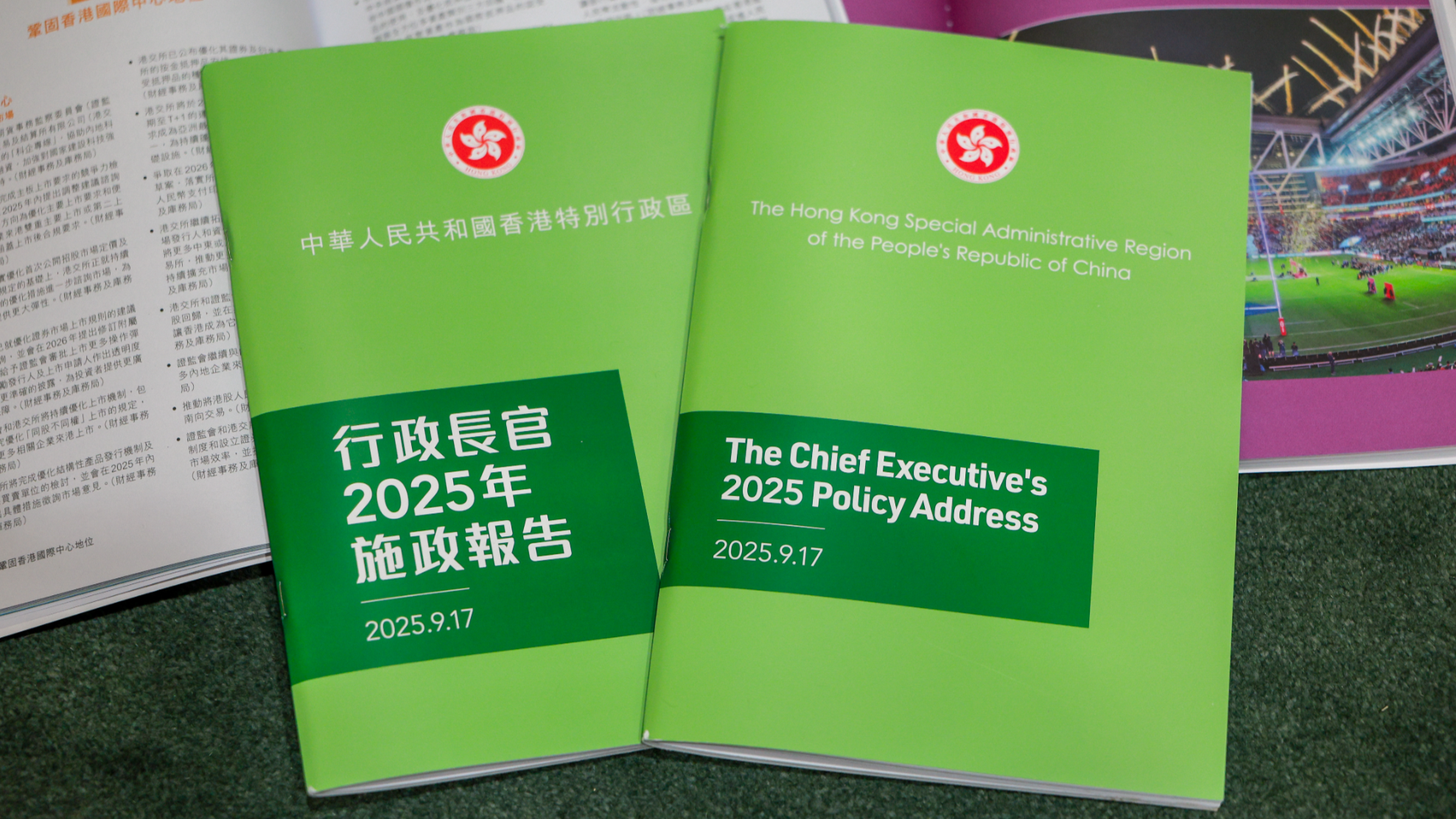
A clear main thread runs through the policy blueprint mapped out by Chief Executive John Lee Ka-chiu in his latest Policy Address — doubling down on diversification of the Hong Kong economy.
The underlying logic is conspicuous. Given that building a vibrant economy and improving residents’ livelihoods has been set as the ultimate objective of governance, diversification is the only way to go — with accelerating the development of the Northern Metropolis playing a key role in the whole strategy.
“Land scarcity” has been the root cause of Hong Kong’s narrow economic base, the demise of its once-vibrant manufacturing sector, the stagnant upward social mobility for young people, and the extremely high housing and living costs in the city, among other woes.
The Northern Metropolis project, encompassing 300 square kilometers, about one-third the total area of Hong Kong, will unleash enormous potential for tackling all these longstanding problems when it is fully developed. It will be a game-changer in the city’s socioeconomic development in that:
It will provide over 500,000 new residential units to accommodate as many as 2.5 million people — around one-third of the city’s current population. Equally if not more importantly, it will provide ample land resources that are necessary for reindustrialization and development of novel and emerging industries as identified in Lee’s policy blueprint, including life and health technology, biopharmaceutical, new energy, artificial intelligence (AI) scientific research, and data science.
The whole development is expected to create around 650,000 jobs, a large chunk of which will be white-collar, high-paying roles that will help significantly boost the upward social mobility for local young people, as well as attract high-caliber talent from around the world, which is also a major focus of the new Policy Address. The trickle-down effect generated by the high-tech sectors will benefit the services sector, uplifting the vibrancy of the whole economy as well as the livelihoods and well-being of all sections of Hong Kong society. Meanwhile, acceleration of the Northern Metropolis development is also aligned with the strategy of furthering Hong Kong’s integration into national development, particularly the Guangdong-Hong Kong-Macao Greater Bay Area.
To accelerate the development of the Northern Metropolis as well as those novel and emerging industries, Lee introduced measures in his new Policy Address to enhance the Hong Kong Special Administrative Region government’s policy executive capability, including the establishment of a “Heads of Department Accountability System”, aimed at improving the overall performance of civil service and the setting-up of an “AI Efficacy Enhancement Team” tasked with applying AI in the work of the government to effectively enhance bureaucratic efficiency. Along with such measures, the government will formulate preferential policies to attract more overseas enterprises, nurture emerging industries, and promote new industrialization.
The policy blueprint adopts a parallel strategy in pursuing the governance objective of building a vibrant economy and improving people’s livelihoods. Aside from accelerating the development of the Northern Metropolis and new industries, another major focus of the Policy Address is to consolidate Hong Kong’s traditional strengths as an international center of finance, trade, shipping, and aviation. To this end, a package of policies will be adopted, including measures to boost the stock market; facilitate the trading of gold, digital assets, and fixed income assets; step up development of high value-added maritime services; and expand Hong Kong’s economic and trade ties with non-Western partners by establishing an economic and trade office (ETO) in Kuala Lumpur and expand the ETO coverage to Latin America and Central Asia.
Lee did not overlook the importance of small and medium-sized enterprises (SMEs), which constitute over 98 percent of all businesses and provide around 45 percent of private sector employment. A slew of measures are introduced in the Policy Address to support them, including extending the application period for 80 percent guarantee products under the SME Financing Guarantee Scheme for two years, reducing water and sewerage charges for nondomestic accounts by 50 percent, injecting HK$1.43 billion ($184 million) into the BUD Fund and expanding its geographical scope, and setting up the “Economic and Trade Express” to assist SMEs in exploring business opportunities overseas.
Another bright spot in the administration’s drive to improve residents’ well-being is seen in housing. Land and housing production will be ramped up, with a goal of producing a total of 189,000 public housing units in the next five years, or about 80 percent higher than the figure at the start of the current-term administration, reducing the average waiting time for a public rental housing unit to 4.5 years in 2026-27 from its peak of 6.1 years and the current 5.1 years.
All in all, the new policy blueprint embraces a long-term vision for Hong Kong’s socioeconomic development while keeping an eye on the short-term needs of society.
The author is a current affairs commentator.
The views do not necessarily reflect those of China Daily.


